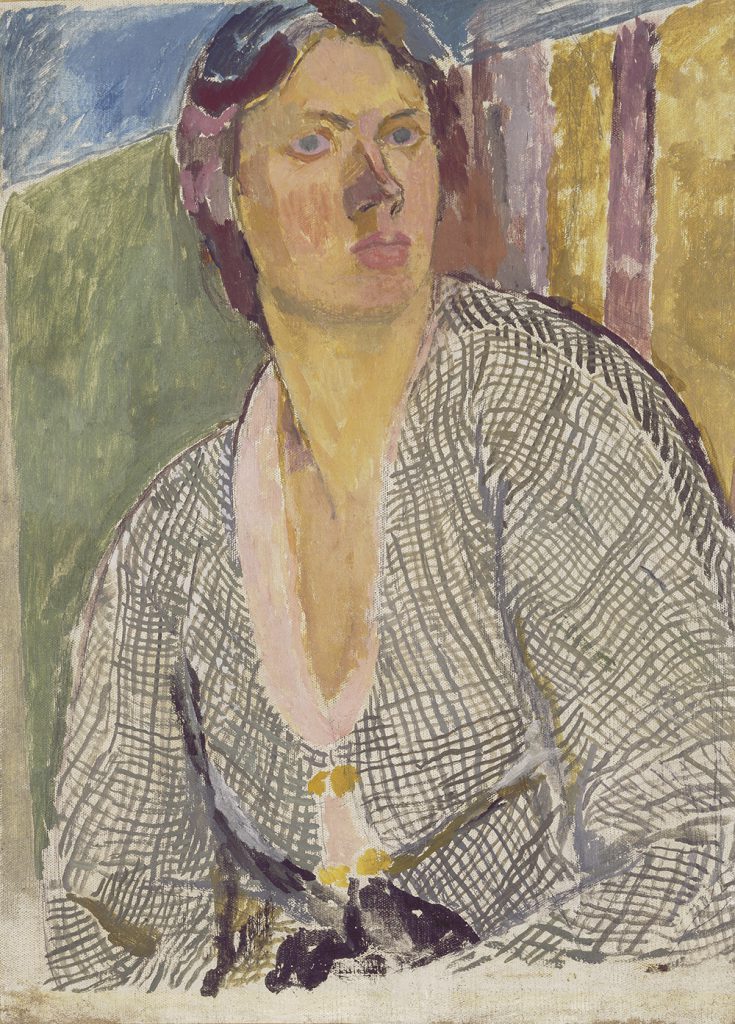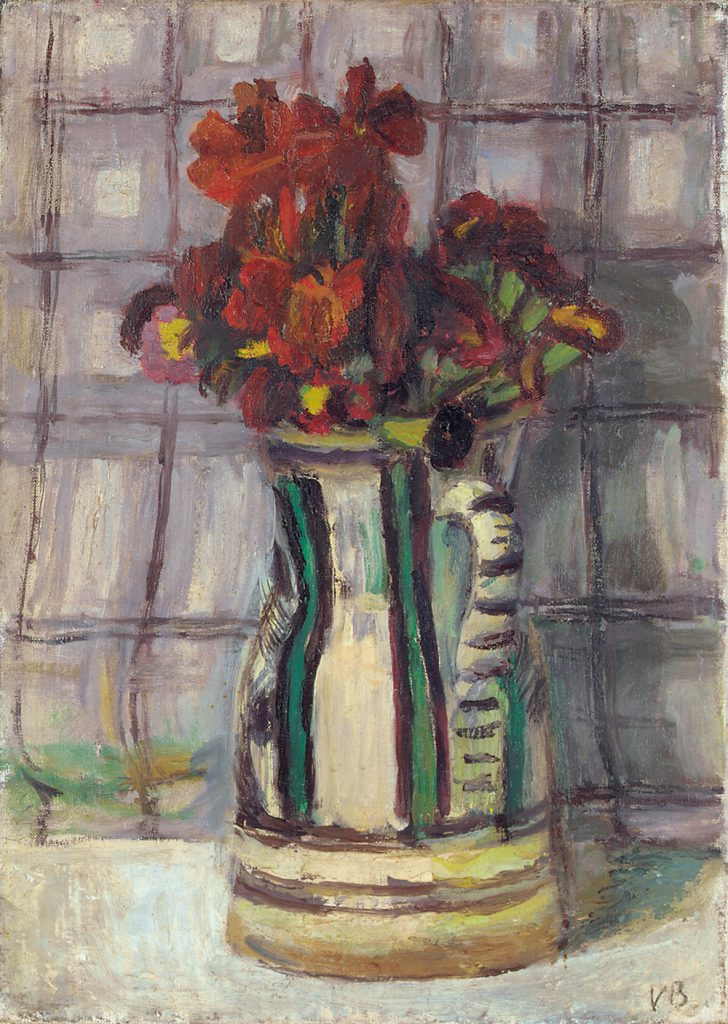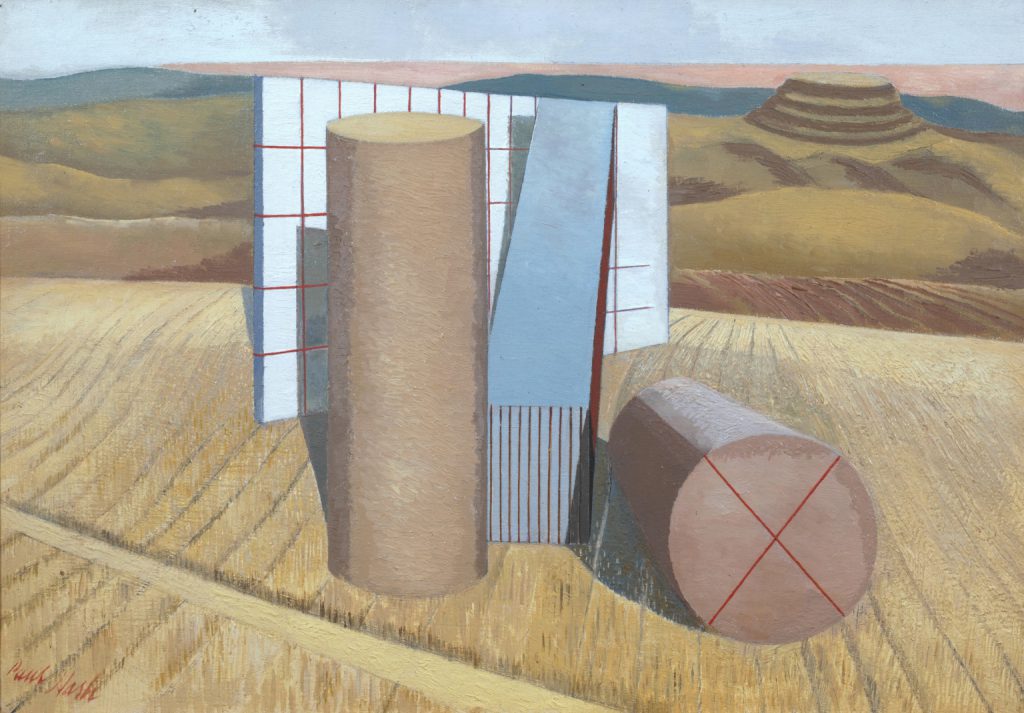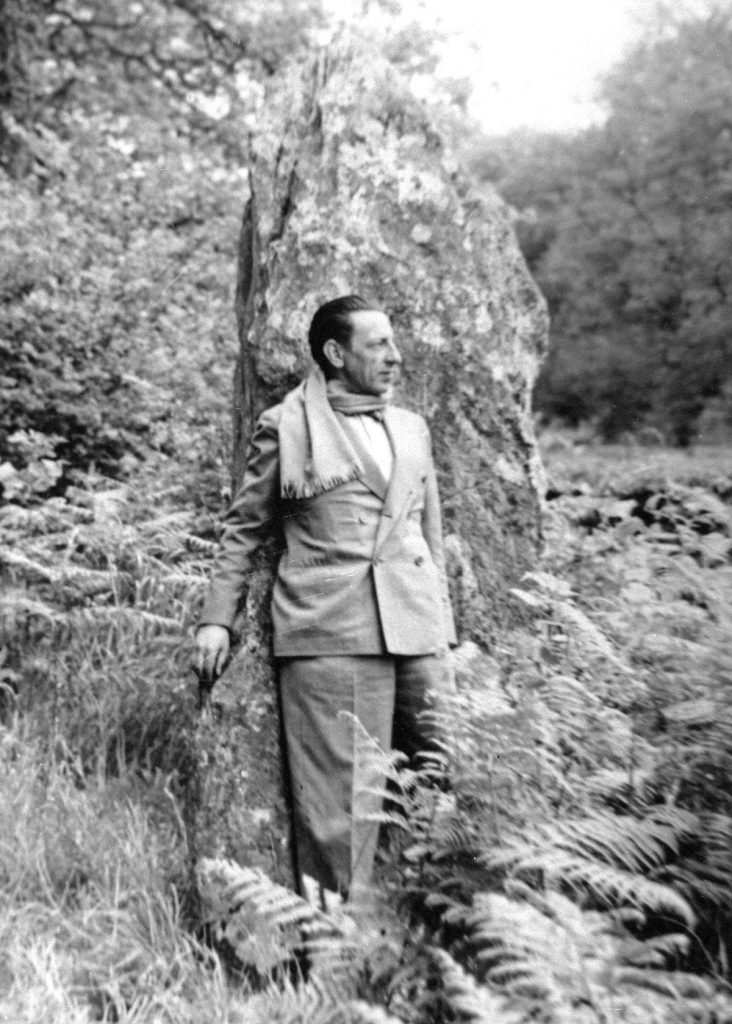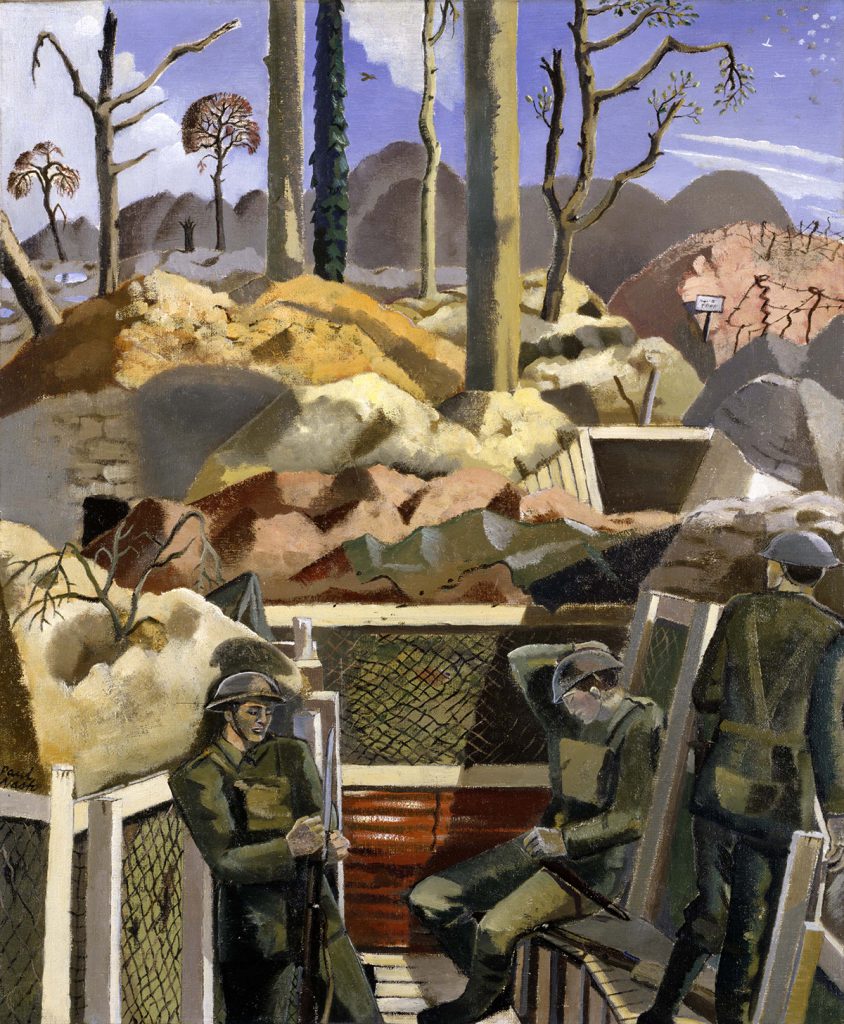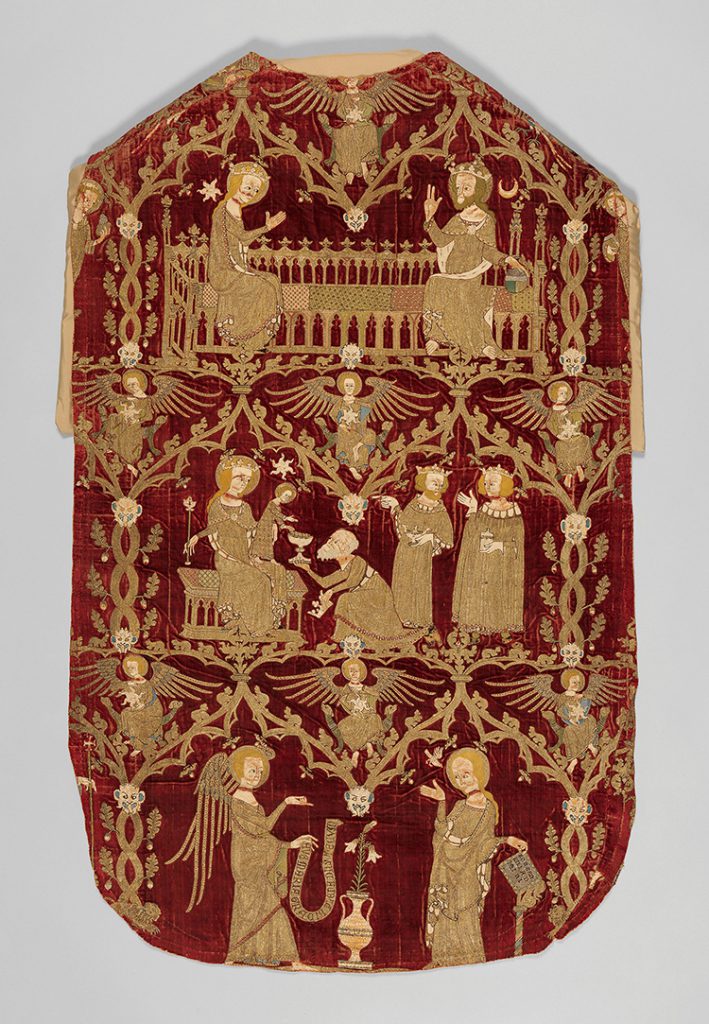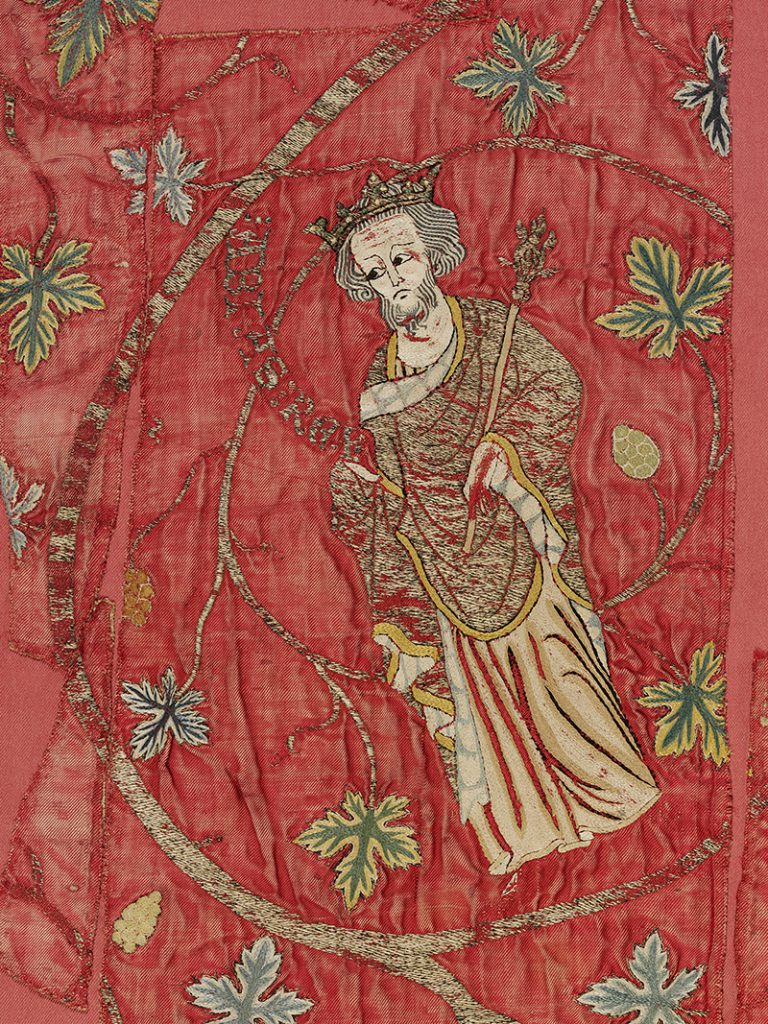
‘Turner & the Age of British Watercolour’ has just opened at Petworth House and runs until 12th March 2017. The exhibition celebrates the British pre-eminence in the medium of watercolour painting in the mid-18th and early 19th century. The work is predominately drawn from the Cecil Higgins Art Gallery, Bedford, and includes a breadth of artists and paintings of extraordinary quality.
Curated by Andrew Loukes of the National Trust, the exhibition illustrates the development of the British watercolour tradition century and its role in establishing our national and patriotic identity.
The story is told with JMW Turner at its centre. Although Turner painted numerous watercolours at Petworth his great patron and friend, The 3rd Earl of Egremont, did not acquire any. This jewel-like show brings watercolours to Petworth House which speak into the ravishing house collection.
The exhibition makes apparent how British watercolour painting moved from recording the topographical to a romantic, personal impression of a particular place. Many argue that the poetic landscape of the romantic imagination is born out of Constable and Turner’s work.
It was Dr Thomas Munro, the chief physician at the Bethlem (Bedlam) Royal Hospital, who identified the genius of the artist John Robert Cozens. Cozens was admitted to the asylum suffering a nervous breakdown. Munro bought the collection of his work and would share it with a generation of British artists. There are watercolours by both men on display in the exhibition.
Turner was exposed to John Robert Cozens’ landscapes whilst working at Munro’s informal academy with his friend and contemporary, Thomas Girtin, in 1795. Turner would later acknowledge the importance of Cozen’s works on his own development as an artist.
JMW Turner would famously break free from the confines of convention and tradition recording impressions of the elemental in nature.
Walter Fawkes of Farnley Hall, Yorkshire, was a man with a patriotic disposition and an important patron to Turner. His son, Hawksworth Fawkes, watched Turner as he painted ‘A First Rate Taking in Stores’ and would write ‘He began by pouring wet paint onto the paper until it was saturated, he tore, he scratched, he scrabbled at it in a kind of frenzy and the whole thing was chaos – but gradually and as if by magic the lovely ship, with all its exquisite minutia came into being’. As you observe this watercolour in the exhibition it reveals depth and detail which contrasts with the scale, atmosphere and movement which Turner’s technique creates.
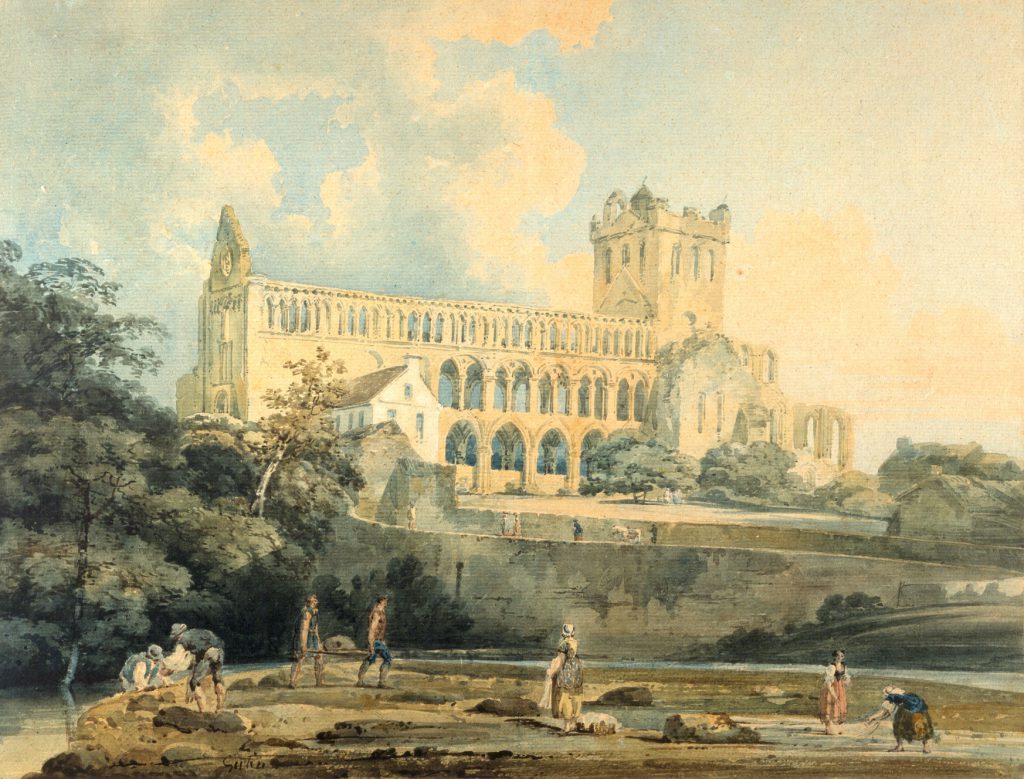
The exhibition also looks at the topographical recording of landscapes and buildings which would come to define a sense of British identity. Thomas Girtin’s topographical study ‘Jedburgh Abbey from the River’ combines a delicacy of topographical recording with broad washes of strong colour which are typical of his later more spacious, romantic works. Turner held Girtin’s work in the highest regard.
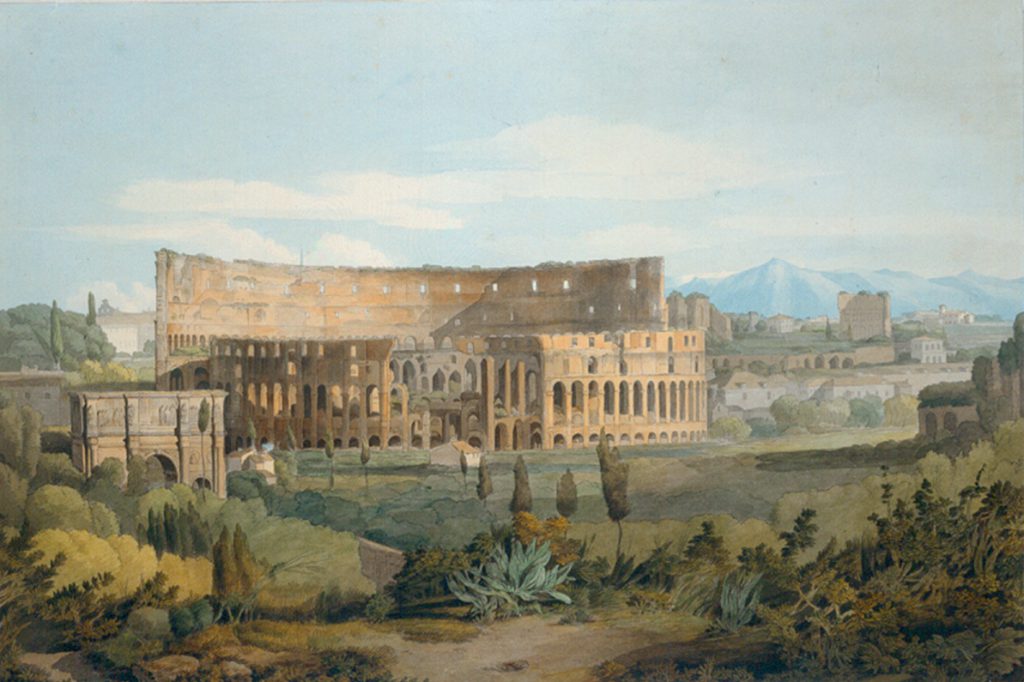
The exhibition also seeks to explain the influence of recording the Grand Tour on British watercolour painting. Artists like Francis Towne, who was a contemporary of John Robert Cozens, were employed in the late 18th century to record the scenes of the Grand Tour as they travelled with their patrons. I love the delicacy of Towne’s watercolour ‘The Colosseum from the Caelian Hills’. It is based on studies in his sketchbooks from his European travels in the 1780s.
‘Turner and the Age of British Watercolour’ is a visually beautiful show which will delight you. The exhibition runs at Petworth House in West Sussex until the 12th March 2017. Entry is by pre-booked timed tickets which can be purchased online at www.nationaltrust.org.uk/petworth or by telephoning 0844 249 1895. Discounted tickets are available to National Trust Members.
By Rupert Toovey, a senior director of Toovey’s, the leading fine art auction house in West Sussex, based on the A24 at Washington. Originally published in the West Sussex Gazette.
